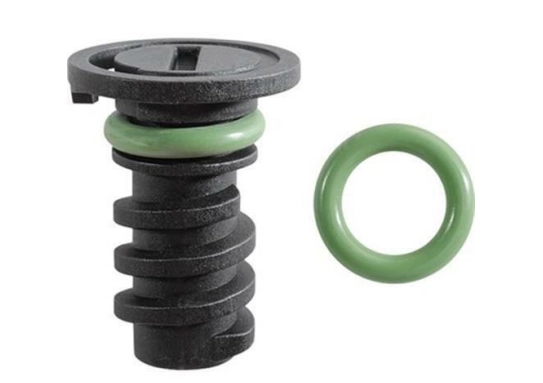Understanding Shaft Seals and Their Importance in Mechanical Engineering Applications
Understanding Shaft Seals Importance, Types, and Applications
Shaft seals are an essential component in various mechanical systems, serving a critical function in preventing the leakage of fluids and contaminants. These seals play a vital role in ensuring the longevity and efficiency of machinery by maintaining proper pressure and lubricating conditions within the equipment. In this article, we will explore the importance, types, and applications of shaft seals, shedding light on their essential role in modern engineering.
Importance of Shaft Seals
The primary purpose of a shaft seal is to keep lubricants contained within a system while preventing the ingress of contaminants such as dirt, water, and dust. This protective barrier is crucial as it helps maintain operational efficiency, reduces wear and tear on moving parts, and minimizes the risk of catastrophic failures. Without effective sealing, machinery can experience fluid leakage, which can lead to overheating, reduced efficiency, and, ultimately, machinery downtime.
Moreover, with increasing environmental regulations and the push for sustainable practices, shaft seals are integral in minimizing the risk of spills and leaks, thus contributing to environmental protection efforts. They are not just components; they are critical for the safe and efficient operation of various systems across different industries.
Types of Shaft Seals
There are several types of shaft seals, each designed for specific applications and operational requirements. The most common types include
1. Lip Seals Also known as radial seals, lip seals are widely used due to their simple design and effective sealing capabilities. They consist of a flexible lip that presses against the shaft, creating a tight seal. Lip seals are suitable for rotary applications and can handle moderate pressures.
2. Mechanical Seals These seals are used to prevent leakage between two surfaces, typically in pumps and mixers. Mechanical seals consist of two primary components a rotating face and a stationary face. They provide an excellent sealing solution for high-pressure applications and are often used in industries like chemicals and pharmaceuticals.
shaft seal

3. O-Ring Seals O-rings are circular seals that can effectively seal static or dynamic applications. When compressed, they create a tight seal against the housing and the shaft. O-rings are versatile, available in various materials, and are used in many applications, from household plumbing to aerospace.
4. Compression Seals These seals are typically used in static applications. They rely on compression to create a seal between two surfaces. Compression seals are commonly used to seal housings and covers.
5. Gasket Seals While primarily used to seal flanged joints, gaskets can also serve as shaft seals in specific applications. They provide a compressive seal that prevents fluid leakage.
Applications of Shaft Seals
Shaft seals are found in numerous industries and applications. In the automotive sector, they are used in engines, transmissions, and axles. In the manufacturing industry, machinery such as conveyor systems and pumps rely on shaft seals to maintain operational integrity. Water and wastewater treatment facilities also utilize these seals to prevent leaks in pumps and valves.
In aerospace and defense, shaft seals play a crucial role in ensuring the reliability of critical systems under extreme pressures and temperatures. They are also increasingly found in renewable energy systems, such as wind turbines, where they contribute to the efficiency and reliability of power generation.
Conclusion
Shaft seals are indispensable elements of modern machinery, offering solutions to prevent leaks and protect equipment from contaminants. Understanding the different types and their applications allows engineers and mechanics to select the appropriate seal for their specific needs, ensuring optimal performance and longevity of machinery. Investing in quality shaft seals not only enhances operational efficiency but also contributes to sustainable practices by minimizing environmental impact. In a world where efficiency and safety are paramount, shaft seals remain a critical component in the design and maintenance of mechanical systems.
-
Simplifying Oil Changes: A Comprehensive Guide to Oil Drain Plugs and Their Variants
News Aug.04,2025
-
Mastering Oil Drain Maintenance: Solutions for Stripped, Worn, and Upgraded Oil Plugs
News Aug.04,2025
-
Fixing Oil Pan Plug Issues: Leaks, Stripped Nuts, and the Right Replacement Solutions
News Aug.04,2025
-
Everything You Need to Know About Oil Drain Plugs: Sizes, Fixes, and Upgrades
News Aug.04,2025
-
Choosing the Right Oil Drain Plug: A Guide to Sizes, Materials, and Drain Innovations
News Aug.04,2025
-
A Complete Guide to Automotive Drain Plugs: Types, Problems, and Innovative Solutions
News Aug.04,2025
-
The Ultimate Guide to Car Repair Kits: Tools and Essentials Every Driver Should Own
News Aug.01,2025
Products categories















